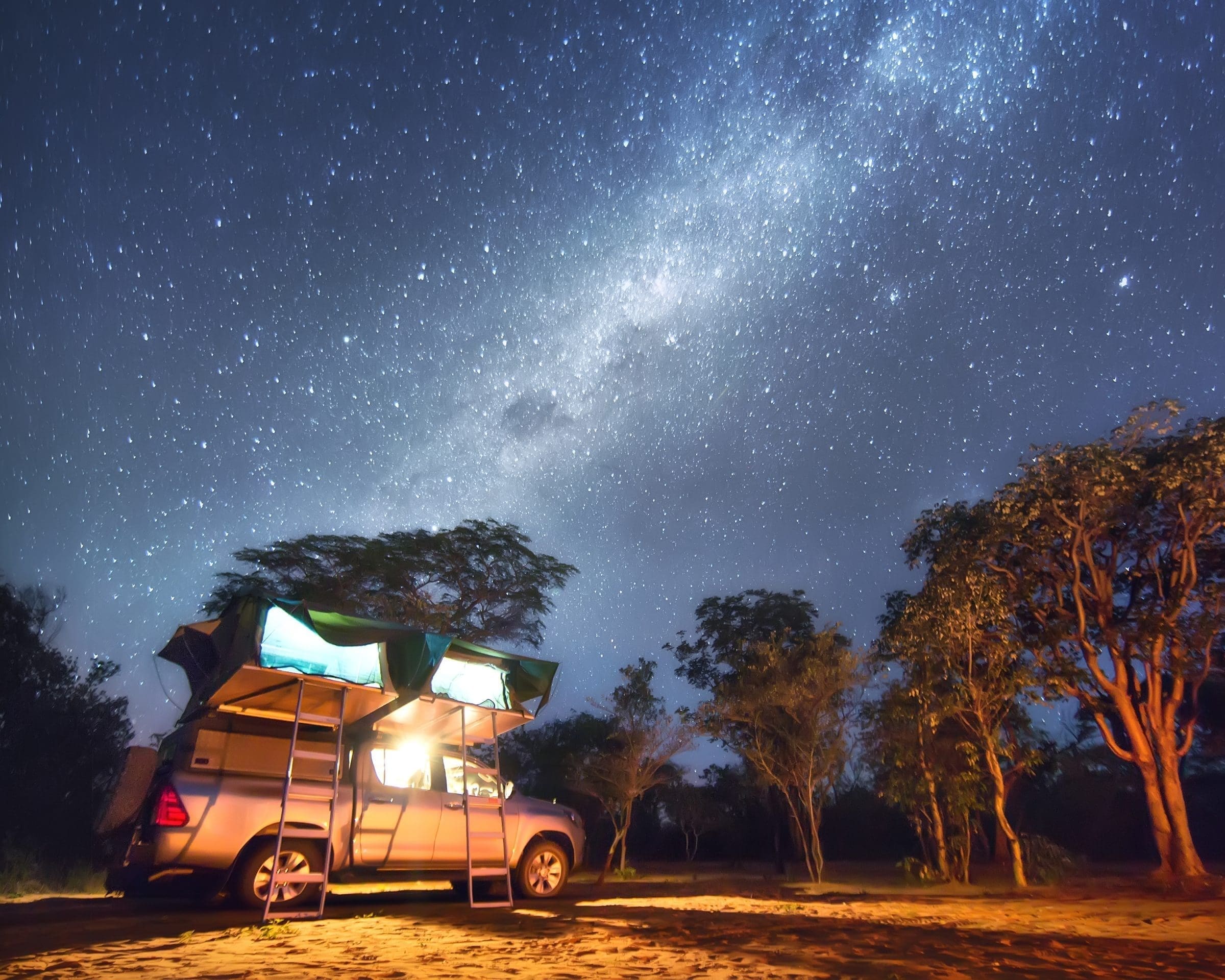Step off the beaten path and into a world where nature reigns supreme, and every horizon whispers the call of adventure. Namibia welcomes you with open skies, sprawling deserts, and a sense of freedom that’s as vast as its landscapes.
Whether you’re a thrill-seeker looking to conquer the dunes, a wildlife enthusiast eager to lock eyes with the majestic creatures of the wild, or a soul searcher yearning for serene sunsets, your journey begins here.
Welcome to Namibia, where every moment is a story waiting to be lived.

The Best Time To Visit
The best time to visit Namibia is during the cooler dry season from May to October. This period offers pleasant weather, with warm days and cool nights, making it ideal for wildlife viewing and exploring the vast landscapes.
During these months, the scarcity of water means animals are more likely to congregate around waterholes, making them easier to spot. The skies are clear, providing excellent conditions for photography, and the risk of malaria is lower.
Keep in mind, though, that July and August are peak tourist seasons, so you might encounter more crowds and higher prices.
If you’re interested in bird watching or enjoying the lush landscapes, the wet season (November to April) could also be appealing, with migratory birds arriving and the desert coming to life after the rains.
What To Know
In Namibia, English is the official language.
Afrikaans is widely spoken and serves as a common lingua franca among Namibians of different backgrounds.
Indigenous languages are also prevalent, with Oshiwambo languages spoken by about half the population, primarily in the northern part of the country. Other indigenous languages include Herero, Damara/Nama, Kavango languages, and San languages.
Namibia uses the Namibian Dollar as its currency, and the South African Rand is also accepted as legal tender within Namibia.
This unique arrangement allows visitors to use both currencies for transactions within the country, providing flexibility for travelers.
Namibia is generally considered one of the safer countries in Africa for travelers. Its low population density, established tourist infrastructure, and stable political environment contribute to this perception.
However, like any destination, it’s important for visitors to stay aware of their surroundings and take standard safety precautions, especially in urban areas like Windhoek, Swakopmund, and Walvis Bay, where petty crimes like pickpocketing and bag snatching can occur.
Driving in Namibia requires caution due to long distances between towns, wildlife on the roads, and varying road conditions. Ensure your vehicle is well-equipped for the journey, especially if you’re venturing into remote areas.
For the latest travel advisories and safety tips, it’s always a good idea to check with your country’s travel advisory service before your trip.
Public transport in Namibia is not as developed as in many other countries, largely due to its vast distances and low population density. In urban areas, taxis and minibuses are the most common forms of public transport. Taxis can be hailed on the street, and minibuses operate on fixed routes without formal schedules, often waiting to fill up before departing.
For long-distance travel, there are a few bus companies offering services between major towns and cities. These buses are generally reliable and offer a cost-effective way to travel across the country. However, schedules might not be as frequent as one might expect in more densely populated regions.
Renting a car is often recommended for tourists who wish to explore Namibia extensively, providing flexibility to visit remote areas and national parks. This option allows travelers to experience the country’s scenic landscapes at their own pace.
Namibia Travel Guides
April 24, 2022
16 Incredible National Parks In Africa
March 19, 2020
